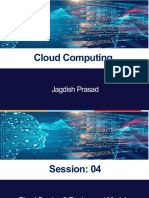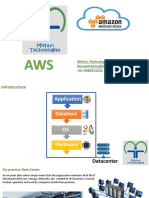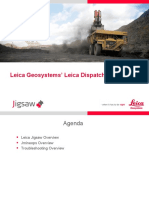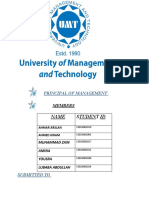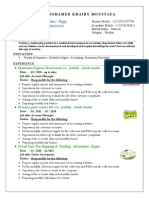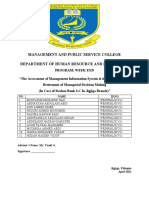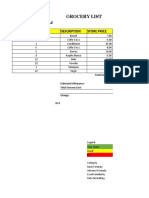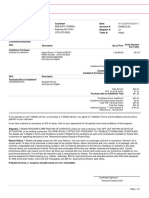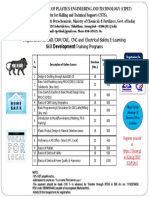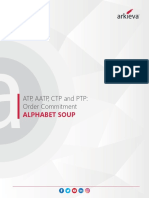0% found this document useful (0 votes)
8 views34 pagesModule1 CloudBasics AWS IAM
Uploaded by
dera.sacha.sauda.helpdeskCopyright
© © All Rights Reserved
We take content rights seriously. If you suspect this is your content, claim it here.
Available Formats
Download as PPTX, PDF, TXT or read online on Scribd
0% found this document useful (0 votes)
8 views34 pagesModule1 CloudBasics AWS IAM
Uploaded by
dera.sacha.sauda.helpdeskCopyright
© © All Rights Reserved
We take content rights seriously. If you suspect this is your content, claim it here.
Available Formats
Download as PPTX, PDF, TXT or read online on Scribd
/ 34













